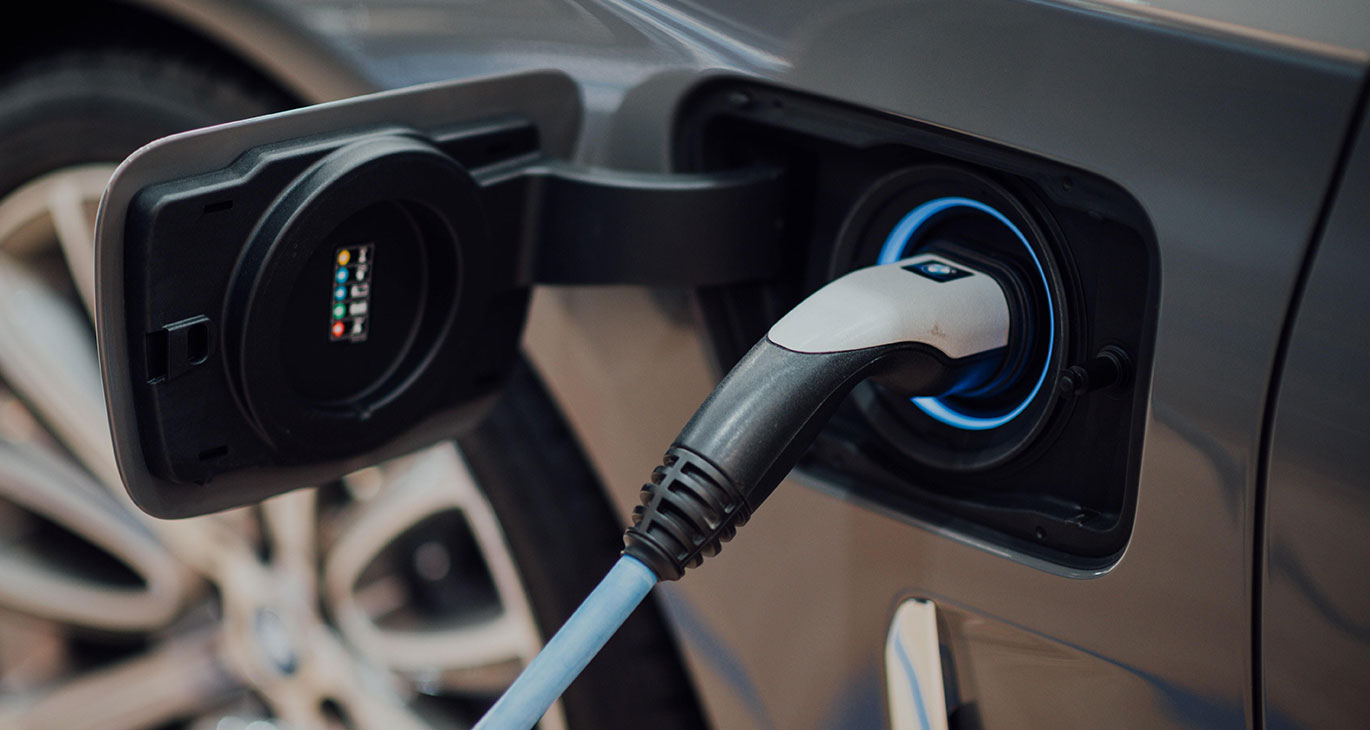
Electric vehicles and the GHG quota: A model for success for the environment and customer retention

Parked at charging points and charging up, electric cars have become a familiar sight in our cities. Compared to conventional vehicles with internal combustion engines, however, these silent runabouts are still in the minority. That being said, the end of the high-emission engine is coming, and surprisingly speedily too: on 27 October 2022, EU member states and the European Parliament agreed that new vehicles may only be sold after the year 2035 if they emit zero emissions. Although there are still a few official hurdles to overcome, this twelve-year countdown to the final end of the internal combustion engine in new cars still stands. The regulation does not affect vehicles that are already registered. The overarching goal is to make Europe carbon neutral by 2050 and the emissions released by vehicles play a considerable role, making up around 20% of all greenhouse gas emissions. Car makers are reacting to these developments by launching more and more new electric vehicles – for years now, there have been incentives to tempt people to make the switch and help accomplish the goal of carbon neutrality. Emissions trading in connection with electric cars and motorcycles is an attractive model in which multiple different parties are involved, including manufacturers, oil companies, intermediaries, platforms, insurance companies and end customers.
Insurance companies can position themselves here as innovative service providers who offer their customers real additional value at the point of service. An attractive offer that is available with no delays or hassle does wonders for customer retention. The seamless integration of end-to-end processes back into the core system is a crucial competitive advantage in this regard.
Background of the greenhouse gas reduction quota (GHG quota) and electric vehicles
In 2015, the German government introduced the greenhouse gas reduction quota in order to cut CO2 emissions by 30% by 2030. Some businesses such as oil companies are required to meet the quota. If they fail to meet the quota, they are currently fined € 600 per tonne of CO2 released or forced to purchase additional GHG quotas to offset their failure to meet it. The GHG quota is set by the German government and is set to rise from 7% currently to 25% by 2030.
The regulation that came into effect in Germany on 1 January 2022, allowing private owners of fully electric vehicles to participate in this emissions trading, has opened up entirely new possibilities. This means that owners of electric vehicles can have the CO2 emissions they save certified through the GHG quota and then sell them to companies to which the quota applies through a provider. This is particularly interesting for owners of electric motorcycles, because they are cheaper to purchase and run than electric cars yet receive the same premium because they are all categorised as M1 (passenger vehicles) by the German Environment Agency.
Emissions trading to reduce CO2 emissions
A wide range of providers operate as intermediaries in the emissions trading market, from energy companies and car clubs to specialised enablers like msg.GREENFACTORY, a unique GHG quota trading marketplace. The service providers bundle the quotas and then sell them on to companies to which the quota applies. Private sellers then receive a premium from the service providers. This premium can vary as the German government sets a quota range each year. Revenue of up to € 400 can currently be generated per electric car per year, and is passed on in varying amounts to the private vehicle owners by the providers. The payment date varies greatly from provider to provider, ranging from instant payments to waiting periods spanning several months.
Insurance companies as innovative service providers
In this environment, insurance companies too can come up with something interesting to offer their policyholders. They can put together an attractive package by partnering with a specialised service provider that will handle the GHG quota trading for them: this option is actively communicated to the owners of electric cars and made available through the insurance company’s customer portal. The insurance company leaves the quota trading to the service provider and lets the policyholder access the premium directly. This way, the premium can take the form of instant credit or be used to optimise vehicle insurance premiums. It could even offer options such as splitting up the revenue, such as for the purposes of donating to carbon offset projects. Combined with savings, the immensely important topic that is sustainability can be made available to policyholders in no time – it is even possible to integrate the innovative, sustainable services into old policy systems via interfaces. This means that key innovative services can be realised in parallel with P&C modernisation projects, even long-term ones.
Customer retention: Direct additional value for policyholders
Insurance companies can offer their customers a wide range of additional value, which positions them as innovative service providers in the market. In this context, it is important that the services they offer are integrated seamlessly into the insurance company’s core system, so that the chosen options such as instant credit or a reduction in vehicle insurance premiums are mapped, such as by a GHG premium discount in the policy system which is awarded to the customer at the start of the contract or adapted dynamically when the contract is extended. As even these dynamic product modifications have to be simple to configure and feed back into the core system, the seamless integration of end-to-end processes is a crucial competitive advantage for insurance companies.
